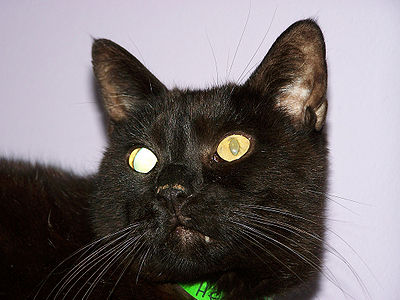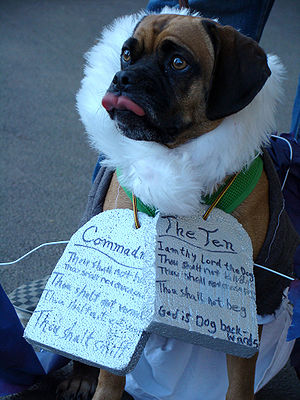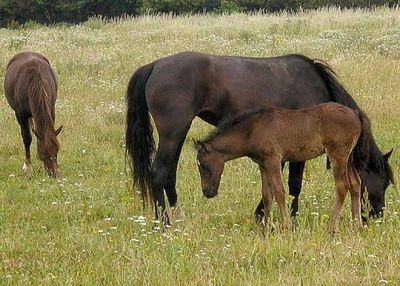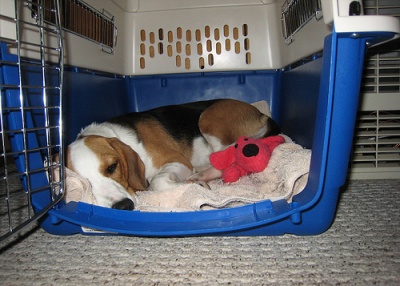
Dogs and cats suffer from some of the same eye ailments that humans do. Glaucoma is one of those ailments.
Glaucoma occurs with increased pressure due to the abnormal drainage of fluid. The fluid, call aqueous humor, is inside the eye, giving nourishment and helping to maintain the normal shape. Normally, the fluid drains into the bloodstream through a mesh-like structure. When the structure begins to clog, pressure builds up in the eye. The eye can become enlarged, misshapen and eventually blindness occurs.
There are two types of glaucoma – Primary which is inherited and Secondary which is caused by disease, cataracts, cancer of the eye, inflammation (uveitus), chronic lens subluxation (lens moves from normal position). Glaucoma can occur in one eye but eventually will occur in the other eye.
While rare in cats, glaucoma is almost always due to uveitus.
The pressure buildup causes quite a bit of pain. Symptoms can be inappetance, less playfulness, an eye bulges or appears different, pupil is larger, apparent loss of vision. By the time glaucoma is diagnosed, the pet is often blind in that eye.
Treatment consists of pain relief and preventing or halting progression in the other eye. It’s advisable to see a veterinary opthalmologist who has the specific equipment to determine the type of glaucoma and the cause.
There are medications to treat glaucoma in pets but they are not always successful.
Surgical removal of the blind eye relieves the pain best. The eye can be replaced with an artificial implant if so desired.
Laser surgery has been used to destroy some of the cells that produce fluid. The lens is removed and after surgery, replaced with an artificial lens.
As always, if you notice your pet behaving oddly, take him/her to your veterinarian. Early detection can be helpful.
Related Articles



